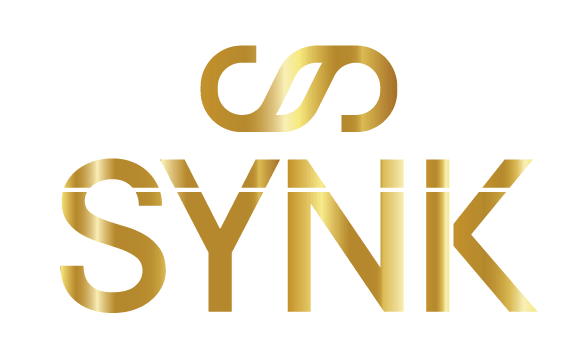
What we can do for you
Fit & Style
Manufacturing
WE LOVE to SHARE
& Do Fashion

Good Vibes
Once fabric is sourced and pattern is ready to use, cutting of fabric is started. Fabric is laid on the flat table. Multiple layers (fabric plies) are cut together. Marking of outlines for shirt components are done by using paper patterns. After marking, fabric is cut using cutting machine.
Fabric is the major cost component in a garment. So, before cutting marker making is done wisely to increase fabric utilization. Marker making and cutting can be done using computer controlled machine.
For checks and stripes customers want checks and stripes should match in between shoulder and sleeve, left front and right front panels, even in side seams. To match checks, garment components need to cut accordingly.
Fusible interlinings are cut for collar and cuffs. Interlinings components are attached to collar and cuff components using fusing machine.
Know your Material
Benefits of using Giza Cotton instead of Design Expertise
Giza cotton is renowned for its exceptional quality and is considered one of the finest cotton varieties globally. It’s primarily cultivated in the Nile River Valley in Egypt, where the unique climate and fertile soil create the perfect conditions for its growth.
Giza cotton fibres are remarkably long, which contributes to the fabric’s strength, smoothness, and softness. The length of these fibers allows for finer yarns to be spun, resulting in a luxurious feel and exceptional durability.
The fibers are incredibly fine and uniform in thickness, ensuring a consistent and smooth texture in the fabric. This fine quality enhances the fabric’s ability to hold color and lends a lustrous finish to the shirts.
"Quality Checked and Ready to Impress -
Our Shirts, Your Confidence."

In the finishing stage, buttons are attached to the collar, cuffs, and the front placket. Buttonholing is performed on these parts, and uncut thread tails are trimmed. Other finishing sub-processes include stain removal, alterations of defective shirts, and pressing. In cases where shirt washing is required, factories wash the shirts to achieve the desired texture and aesthetic look.
Tailors or sewing operators create shirts using sewing machines. First, the shirt parts are assembled. In a tailoring shop, the shirt washing process is not typically included. Nevertheless, buttonholing and button attaching operations are carried out by hand, as the cost of buttonholing and button attaching machines is not cost-effective for tailoring shops.
